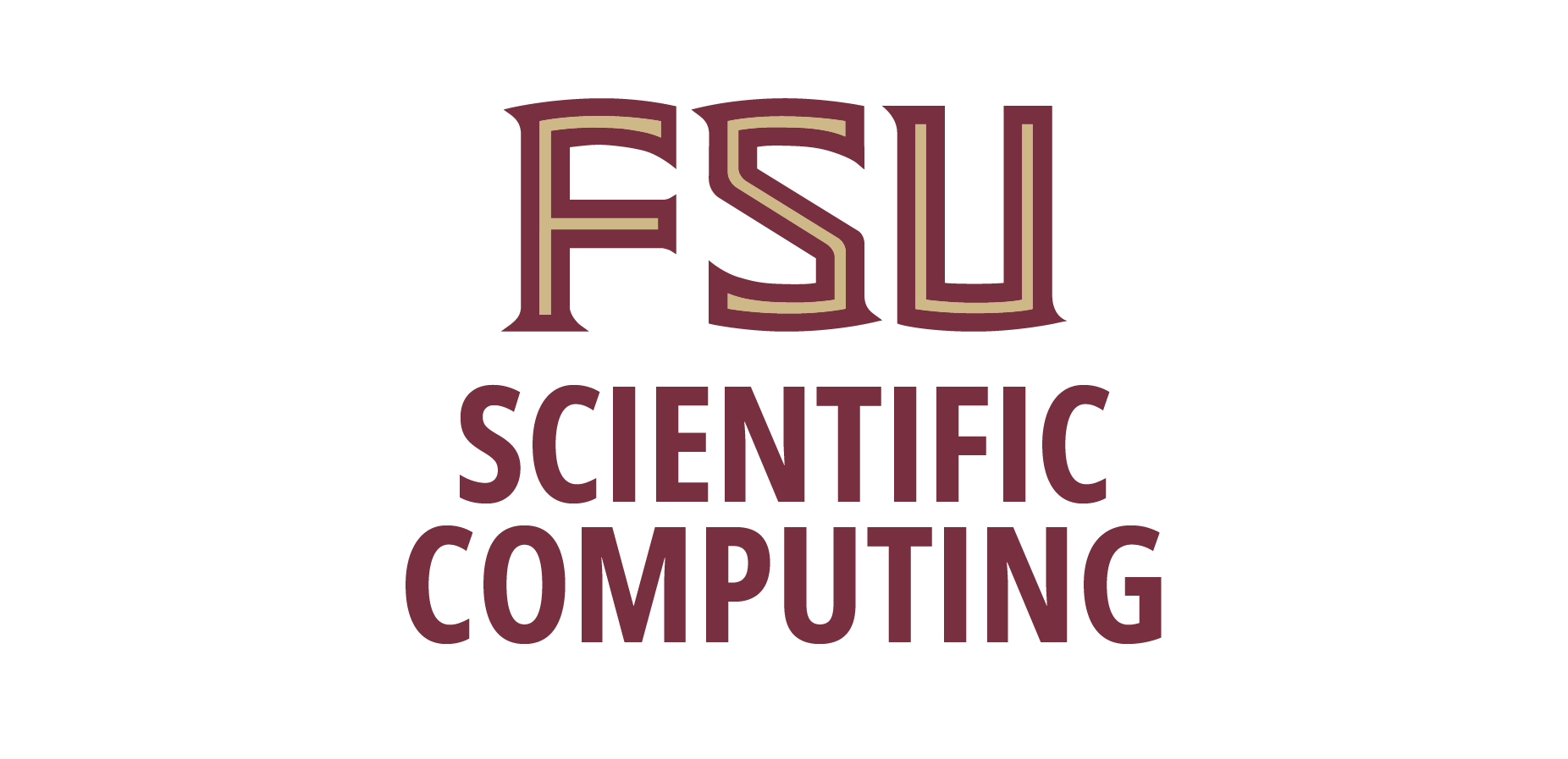Luna Hiron
Center for Ocean-Atmospheric Prediction Studies (COAPS),
Florida State University (FSU)
"The influence of vertical resolution on internal tide energetics and subsequent effects on underwater acoustic propagation"
Wednesday, Feb 12, 2025
Abstract:
Internal tides are waves that form when tides interact with underwater sloping topography, causing undulation along interfaces between water layers of different densities. Internal tide generation and breaking play a primary role in the vertical transport and mixing of heat and other properties in the ocean interior, thereby influencing climate regulation. Additionally, internal tides increase sound speed variability in the ocean, consequently impacting underwater acoustic propagation. With advancements in large-scale ocean modeling capabilities, it is essential to assess the impact of higher model resolutions (horizontal and vertical) in representing internal tides. This study investigates the influence of vertical resolution on internal tide energetics and its subsequent effects on underwater acoustic propagation in the HYbrid Coordinate Ocean Model (HYCOM). An idealized configuration with a ridge, forced only by semidiurnal tides and having 1-km horizontal grid-spacing, is used to test two different vertical-grid discretizations, defined based on the zero-crossings of horizontal velocity eigenfunctions and the merging of consecutive layers, with seven distinct numbers of isopycnal layers, ranging from 8 to 128. Analyses reveal that increasing the number of layers (up to 48 in this case) increases barotropic-to-baroclinic tidal conversion, available potential energy, and vertical kinetic energy, converging with higher layer counts. Vertical shear exhibits a similar pattern but converges at 96 layers. Finally, sound speed variability and acoustic parameters differ for simulations with less than 48 layers. Therefore, the study concludes that a minimum vertical resolution (48 layers in this case) is required in isopycnal models to accurately represent internal tide properties and associated underwater acoustic propagation.
Speaker's Bio:
Luna Hiron is an Assistant Research Faculty in the Center for Ocean-Atmospheric Prediction Studies at FSU. Luna currently works on two main projects: (1) the representation of internal tides in very high-resolution HYCOM simulations and (2) Lagrangian coherent eddies in the Gulf of Mexico. Luna obtained a B.S. degree in Oceanography from the Federal University of Santa Catarina, in Brazil, and a Ph.D. in Meteorology and Physical Oceanography from the University of Miami Rosenstiel School, where she focused her dissertation on the frontal and eddy dynamics in the Loop Current system. She then joined FSU-COAPS as a Postdoctoral Scientist in September 2021 before becoming an Assistant Research Faculty in January 2024.

